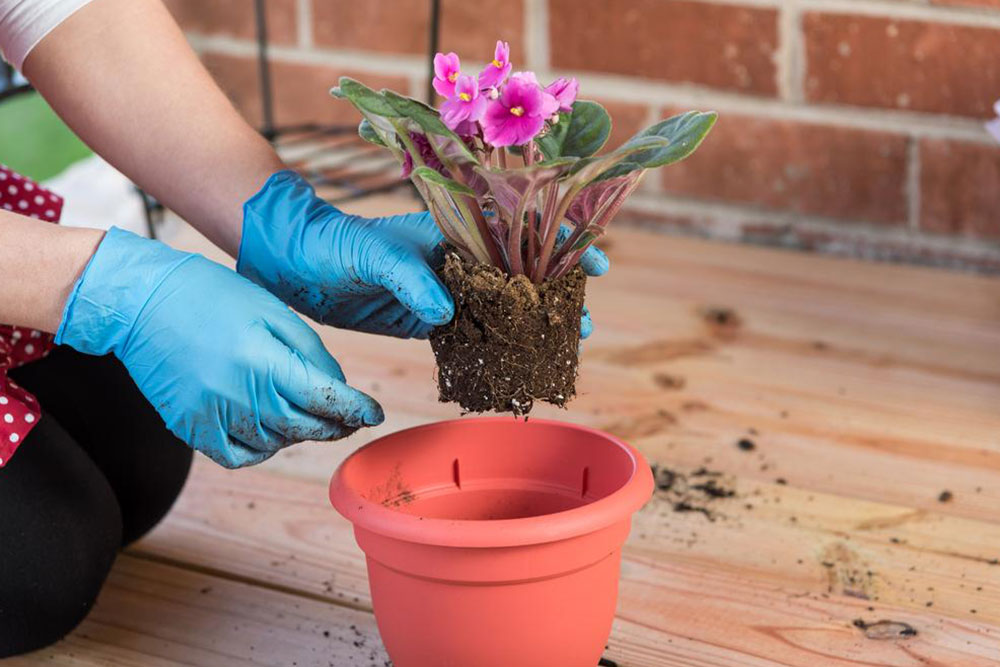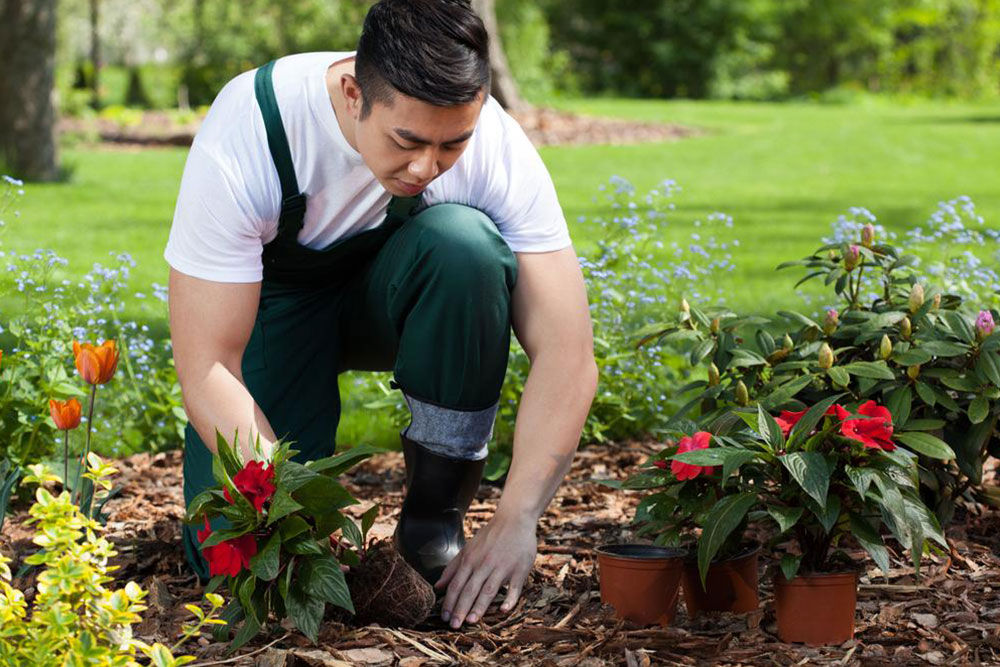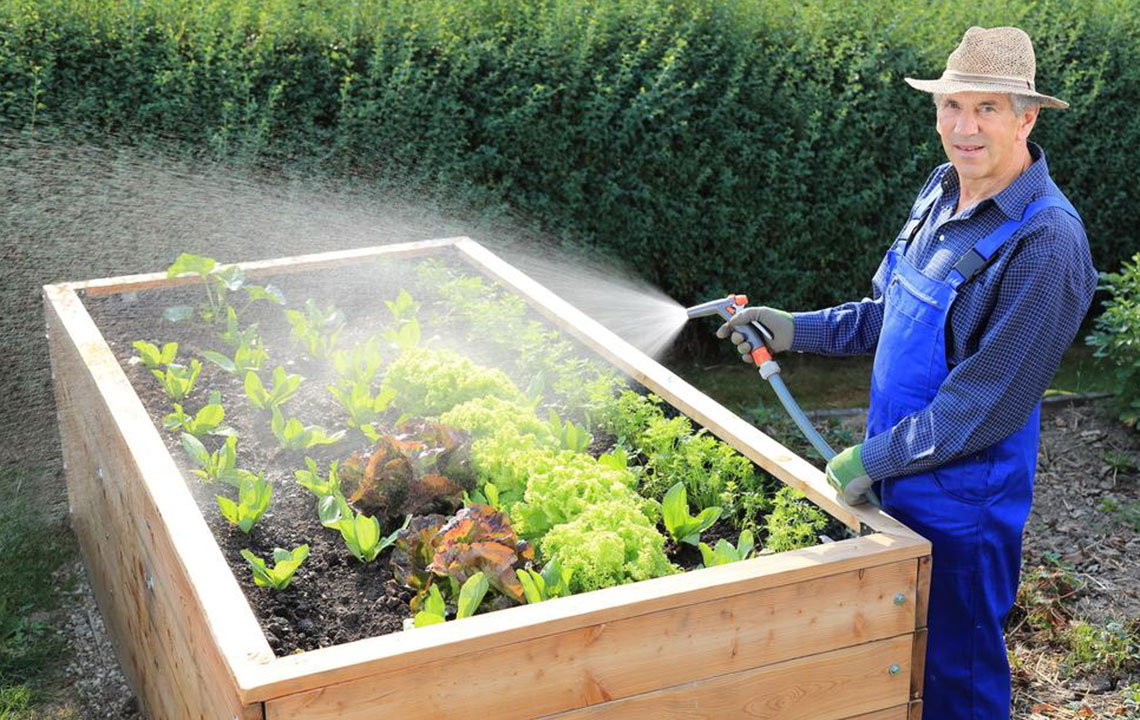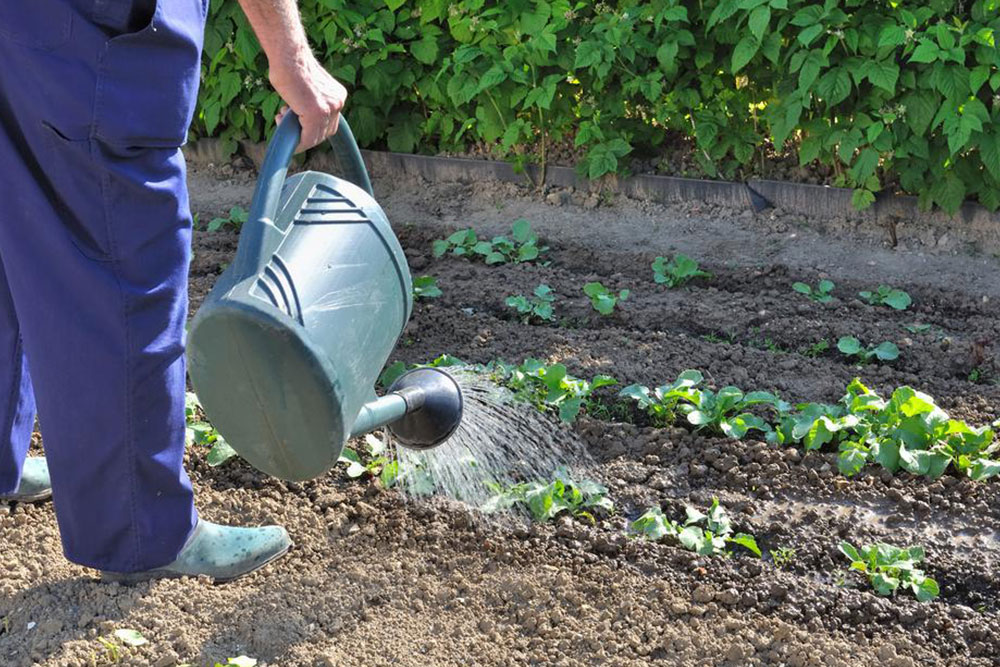A Comprehensive Guide to Creating and Benefiting from Community Gardens
Learn how to develop a thriving community garden, its numerous benefits, and practical steps for implementation. Discover ways to improve health, foster community bonds, and promote environmental sustainability with shared gardening activities.

Creating and Leveraging Community Gardens for a Healthier Neighborhood
Participating in community gardening is an enriching activity for nature lovers. It offers educational experiences, fosters a deeper connection to the environment, and provides numerous health advantages. Spending time tending plants boosts positivity and happiness, while nurturing greenery enhances compassion. Gardening also relieves stress, lowers stroke risk, helps burn calories, and increases vitamin D intake through sunlight exposure, strengthening immunity.
A community garden serves as a shared space for neighbors to grow their own vegetables and plants. It promotes social interaction, helps build a cohesive community, and creates a friendly neighborhood environment. These gardens contribute to physical health, environmental sustainability, and neighborhood beautification, making them an excellent alternative to private gardens.
Since community gardens are larger than individual gardens, they offer diverse plant and vegetable options, enriching the neighborhood’s landscape and biodiversity. They also help improve air quality and produce oxygen. Engaging in community gardening enhances skills like mathematics, food knowledge, environmental awareness, and stewardship, fostering sustainable living habits. Growing organic food with community participation ensures healthier eating options.
To start a community garden, follow these essential steps:
Connect with neighbors interested in establishing a garden
Form a governing committee to make major decisions
Assess available resources and plan accordingly
Collect donations for necessary supplies
Secure a suitable location with ample sunlight and proper legal permissions
Volunteer to begin garden construction
Organize the garden layout based on needs and plans
Establish written rules to guide garden activities
Maintain regular upkeep and encourage community participation
Note:
Our blog offers diverse, practical insights into many topics. While our information aims to guide you, it should not replace professional advice or official sources. The content is for informational purposes only, and we disclaim responsibility for differences, inaccuracies, or missed opportunities related to schemes or offers that may benefit you more.










